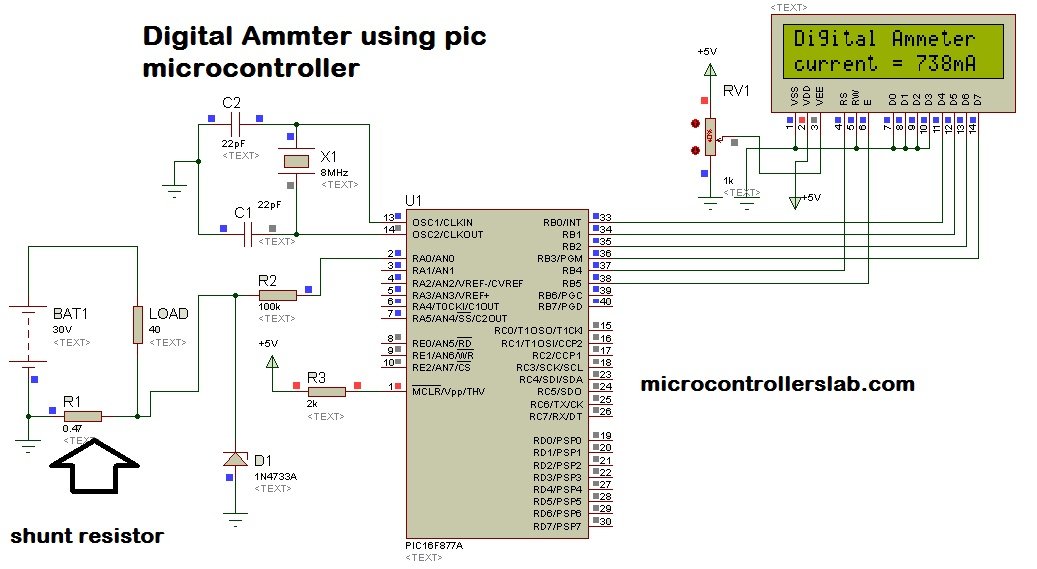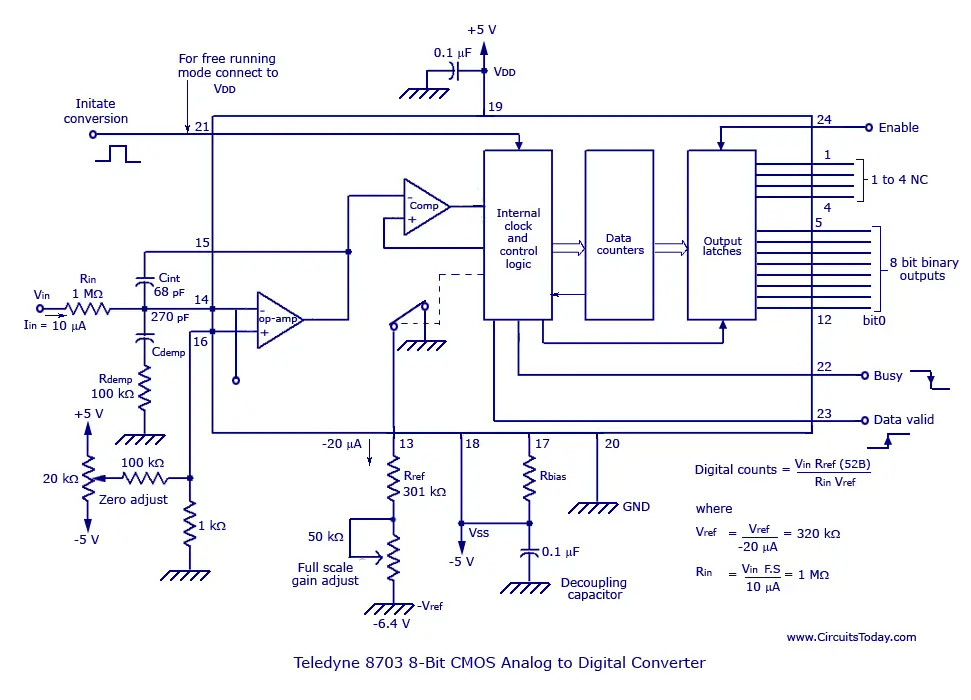

- #DIGITAL TO ANALOG AUDIO CONVERTER CIRCUIT DIAGRAM FULL#
- #DIGITAL TO ANALOG AUDIO CONVERTER CIRCUIT DIAGRAM PC#
The IBM Selectric typewriter uses such a system. The motion of several one-bit actuators can be combined and weighted with a whiffletree mechanism to produce finer steps. IBM Selectric typewriter uses a mechanical digital-to-analog converter to control its typeball.Ī one-bit mechanical actuator assumes two positions: one when on, another when off. The DAC is usually integrated with some memory ( RAM), which contains conversion tables for gamma correction, contrast and brightness, to make a device called a RAMDAC.Ī device that is distantly related to the DAC is the digitally controlled potentiometer, used to control an analog signal digitally. A video DAC is, however, incorporated in any digital video player with analog outputs. As of 2007, analog inputs were more commonly used than digital, but this changed as flat panel displays with DVI and/or HDMI connections became more widespread. Video signals from a digital source, such as a computer, must be converted to analog form if they are to be displayed on an analog monitor. Given this inherent distortion, it is not unusual for a television or video projector to truthfully claim a linear contrast ratio (difference between darkest and brightest output levels) of 1000:1 or greater, equivalent to 10 bits of audio precision even though it may only accept signals with 8-bit precision and use an LCD panel that only represents 6 or 7 bits per channel. an Atari ST or Sega Genesis would require 24 such values a 24-bit video card would need 768.).
#DIGITAL TO ANALOG AUDIO CONVERTER CIRCUIT DIAGRAM FULL#
Video sampling tends to work on a completely different scale altogether thanks to the highly nonlinear response both of cathode ray tubes (for which the vast majority of digital video foundation work was targeted) and the human eye, using a "gamma curve" to provide an appearance of evenly distributed brightness steps across the display's full dynamic range - hence the need to use RAMDACs in computer video applications with deep enough color resolution to make engineering a hardcoded value into the DAC for each output level of each channel impractical (e.g. In voice over IP applications, the source must first be digitized for transmission, so it undergoes conversion via an ADC and is then reconstructed into analog using a DAC on the receiving party's end. Similar digital-to-analog converters can be found in digital speakers such as USB speakers, and in sound cards. These normally take the digital output of a compatible CD player or dedicated transport (which is basically a CD player with no internal DAC) and convert the signal into an analog line-level output that can then be fed into an amplifier to drive speakers. Specialist standalone DACs can also be found in high-end hi-fi systems.
#DIGITAL TO ANALOG AUDIO CONVERTER CIRCUIT DIAGRAM PC#
DACs are therefore found in CD players, digital music players, and PC sound cards. Most modern audio signals are stored in digital form (for example MP3s and CDs) and, in order to be heard through speakers, they must be converted into an analog signal. Top-loading CD player and external digital-to-analog converter.

Very high-speed test equipment, especially sampling oscilloscopes, may also use discrete DACs. These typically take the form of metal–oxide–semiconductor (MOS) mixed-signal integrated circuit chips that integrate both analog and digital circuits.ĭiscrete DACs (circuits constructed from multiple discrete electronic components instead of a packaged IC) would typically be extremely high-speed low-resolution power-hungry types, as used in military radar systems. The audio DAC is a low-frequency, high-resolution type while the video DAC is a high-frequency low- to medium-resolution type.ĭue to the complexity and the need for precisely matched components, all but the most specialized DACs are implemented as integrated circuits (ICs). These two applications use DACs at opposite ends of the frequency/resolution trade-off. They are also used in televisions and mobile phones to convert digital video data into analog video signals. Digital-to-analog conversion can degrade a signal, so a DAC should be specified that has insignificant errors in terms of the application.ĭACs are commonly used in music players to convert digital data streams into analog audio signals. There are several DAC architectures the suitability of a DAC for a particular application is determined by figures of merit including: resolution, maximum sampling frequency and others. An analog-to-digital converter (ADC) performs the reverse function.

In electronics, a digital-to-analog converter ( DAC, D/A, D2A, or D-to-A) is a system that converts a digital signal into an analog signal. 8-channel Cirrus Logic CS4382 digital-to-analog converter as used in a sound card.


 0 kommentar(er)
0 kommentar(er)
